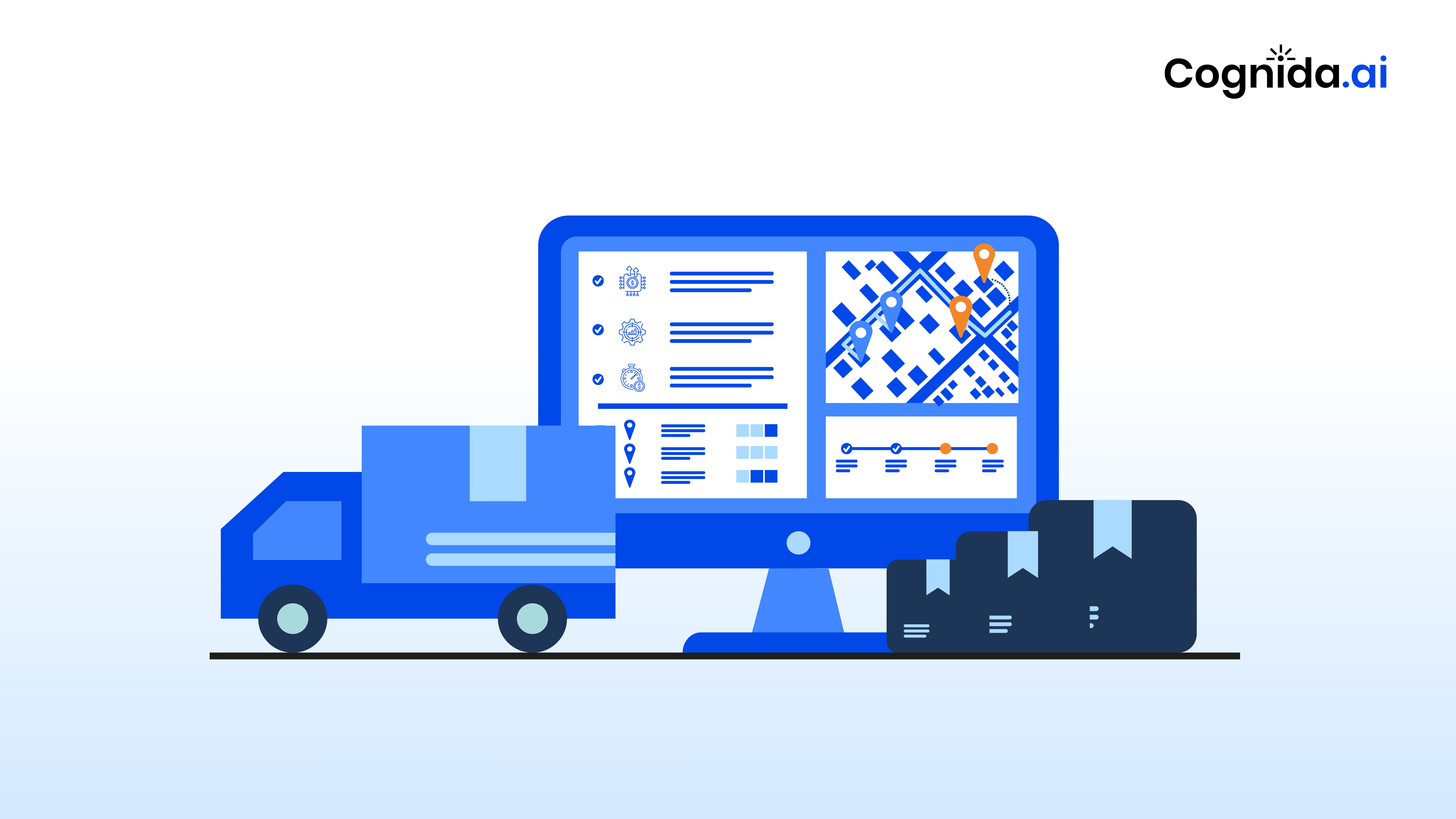Evolution of Warehousing – Why Contract Warehousing is the future of your Supply Chain Strategy

Consider this: You are taking a road trip, and you drive with maps and manual judgment as opposed to GPS assist and configurable preferences. That’s exactly how most supply chain leaders make warehousing decisions manually based on limited trade-offs between 3PL logistics and their own warehouse to drive efficiencies within the boundaries.
That’s where contract warehousing comes in – a smart, flexible alternative that allows your business to scale up or down, save costs, and stay resilient in the face of change. For some, even though Contract warehouse may pop up as an option now and then, it needs sophisticated GPS even to consider, let alone to navigate the path.
The Breaking Point of Traditional Systems
Driven by global supply chain disruptions and increasing demand for agility in logistics, the contract warehousing market is expected to reach $9.5 trillion by 2032. Dynamic solutions are necessary due to the quick changes in customer behavior and market demands. It’s no longer about finding space to store goods – it’s about making strategic decisions that can make or break your supply chain effectiveness and elasticity.
Think of traditional contract warehousing decisions like playing chess while only being able to see three moves ahead. You might win some games, but you’re missing countless winning strategies that could transform your operation. Supply chain leaders are discovering that traditional warehousing systems with fragmented data, limited processing capability, and reactive decision-making aren’t just inefficiencies – they’re competitive disadvantages in today’s dynamic market.
The sheer complexity of modern warehousing decisions has outpaced human cognitive capacity. We excel at managing a small number of variables, but even the most seasoned supply chain executives struggle to make the best warehouse decisions of the day when thousands of data points from geographic dynamics, demand patterns, cost structures, and market volatility must be analyzed at once. Usually, only 60–70% of possible optimization opportunities are taken advantage of, even by highly competent teams. The limitations of conventional decision-making tools in a society that wants more are the issue, not skill or effort.
AI-Powered Decision Support: A Required Evolution
AI provides a chance to change the landscape at this point. Rather than becoming overwhelmed by data, supply chain executives should now use it to their advantage. Not only do contemporary AI systems digest information more quickly, but they also find opportunities and patterns that were previously unnoticeable to human analysis.
The impact can be immediate and measurable:
- Fulfillment accuracy improves by 35%
- Reduce fulfillment cost by up to 40% and transit time by up to 25%
- Reduce the average zone percentage by 30% (directly attributable to overall cost / Order)
But these numbers tell only part of the story. The real gain happens in how decisions are made – Instead of reacting to changes after they occur, AI-powered systems help you anticipate and prepare for market shifts before they impact your operations.
Moving from Reactive to Predictive: A Real-World Perspective
With traditional systems you and your business is in crisis mode when market disruptions occur, causing you to rush to find answers, accept less-than-ideal prices because of time constraints, and hope to limit damage. With the aid of AI-powered technologies, you can be in control.
Through visibility into your customer demands, available spaces around the network, with pattern analysis, demand and disruption prediction, you can now anticipate problems before they happen. Instead of beginning from scratch when a disruption occurs, you are carrying out pre-validated backup plans that are tailored to your specific circumstances.
Implementation: Simpler Than You Think
Here’s the part that surprises most people: implementing AI-driven decision support doesn’t require a complete system overhaul. Our solution integrates with your existing workflows, allowing you to maintain control while gradually expanding your capabilities. It’s about enhancement, not replacement. The process starts with understanding your current operations and identifying key optimization opportunities. From there, we implement changes in phases, validating results at each step to ensure ROI before moving forward.
The Cognida.ai Difference
What sets us apart isn’t just our IP – it’s our deep understanding of manufacturing, supply chain and contract warehousing complexities. Our AI models aren’t generic business tools adapted for warehousing; they’re purpose-built for the unique challenges of modern supply chain operations.
This specialization means:
- Faster time to value
- More accurate optimizations
- Better understanding of industry-specific constraints
- Higher ROI on your technology investment
The contract warehousing market isn’t waiting for anyone to catch up. While some organizations debate the merits of AI-powered decision support, others are already capturing the benefits: reducing costs by 15-20%, improving inventory levels by 20-30%, and building competitive advantages that will be difficult to overcome. The question isn’t whether to embrace AI-powered decision support – it’s how quickly you can begin capturing its benefits.
Ready to explore how AI can transform your contract warehousing operations? Let’s start with a conversation about your specific challenges and opportunities.

